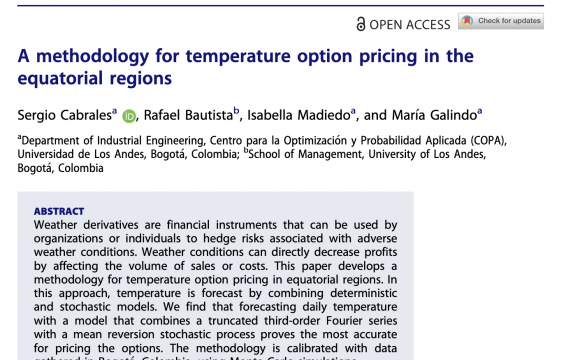
The Level of Traffic Stress (LTS) is an indicator that quantifies the stress experienced by a cyclist on the segments of a road network. We propose an LTS-based classification with two components: a clustering component and an interpretative component. Our methodology is comprised of four steps: (i) compilation of a set of variables for road segments, (ii) generation of clusters of segments within a subset of the road network, (iii) classification of all segments of the road network into these clusters using a predictive model, and (iv) assignment of an LTS category to each cluster. At the core of the methodology, we couple a classifier (unsupervised clustering algorithm) with a predictive model (multinomial logistic regression) to make our approach scalable to massive data sets. Our methodology is a useful tool for policy-making, as it identifies suitable areas for interventions; and can estimate their impact on the LTS classification, according to probable changes to the input variables (e.g., traffic density). We applied our methodology on the road network of Bogotá, Colombia, a city with a history of implementing innovative policies to promote biking. To classify road segments, we combined government data with open-access repositories using geographic information systems (GIS). Comparing our LTS classification with city reports, we found that the number of bicyclists’ fatal and non-fatal collisions per kilometer is positively correlated with higher LTS. Finally, to support policy making, we developed a web-enabled dashboard to visualize and analyze the LTS classification and its underlying variables.



